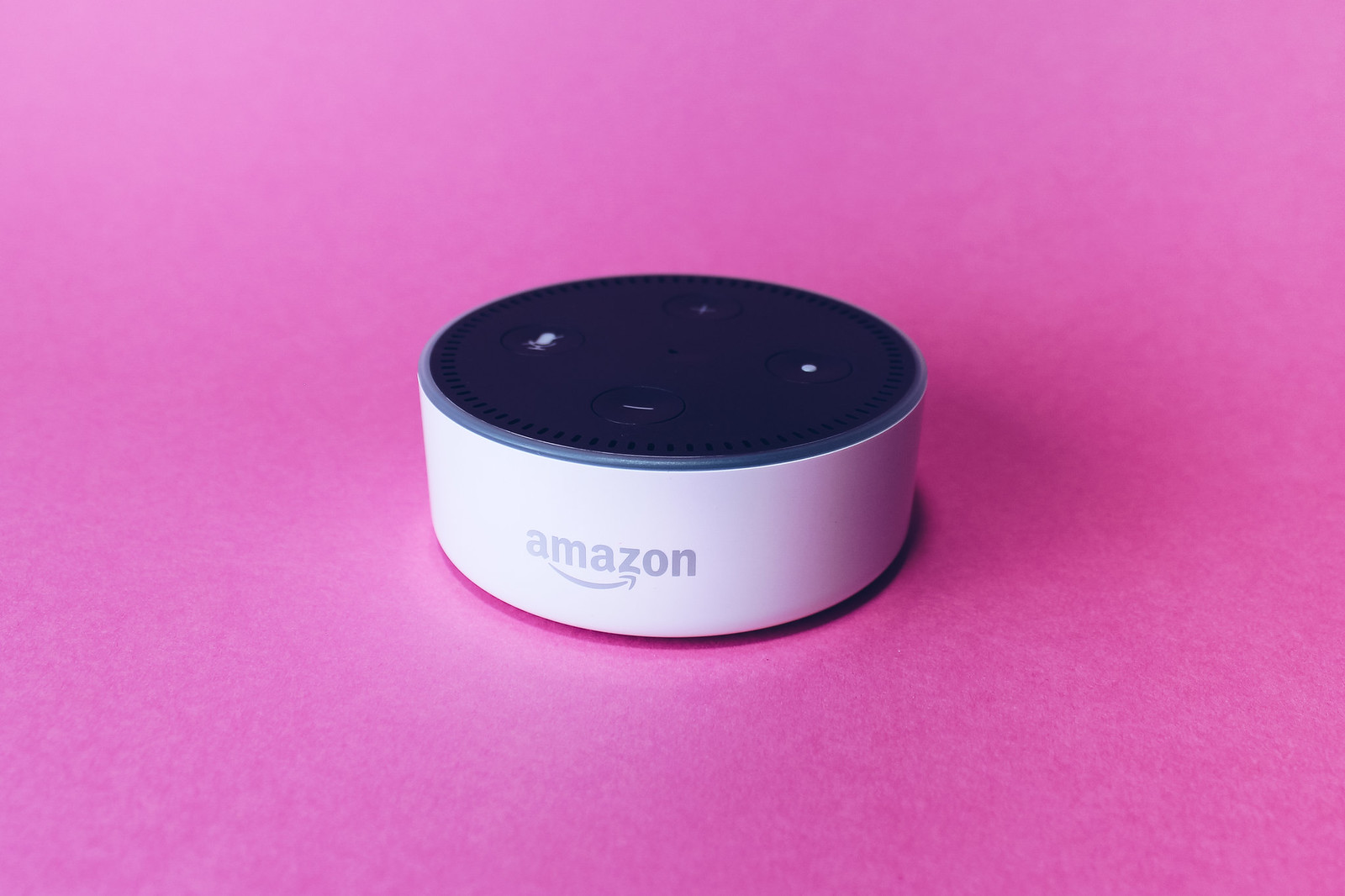
Trouble In Toyland 2000
This 2000 Trouble In Toyland report is the fifteenth annual PIRG toy safety survey. PIRG uses results from its survey to educate parents about toy hazards and to advocate passage of stronger laws and regulations to protect children from toy hazards.
Downloads
U.S. PIRG Education Fund
This 2000 Trouble In Toyland report is the fifteenth annual PIRG toy safety survey. PIRG uses results from its survey to educate parents about toy hazards and to advocate passage of stronger laws and regulations to protect children from toy hazards.
In particular, PIRG focuses on choking, the leading cause of toy deaths. Our survey found that stores continue to carry numerous potentially dangerous toys and that despite the implementation of the 1994 Child Safety Protection Act, publicity from PIRG, other groups and the media and intensified efforts by the Consumer Product Safety Commission (“CPSC”) and the U.S. Customs Service, the number of deaths and injuries from toys in 1999 remained the same as in 1998, although the number of dangerous toys on shelves appears to be less than in previous years. However, PIRG researchers found many examples of labeling violations this year. Overall, we commend most manufacturers for complying with toy safety standards.
This survey also focuses on the recently identified hazard of toys containing significant amounts of toxic chemicals, especially teething toys intended for children under three years old. Specifically, many soft polyvinyl chloride (PVC) plastic toys contain chemicals called phthalates—which are probable human carcinogens and known to cause chronic health effects including liver and kidney abnormalities.
Findings
• Toy manufacturers make toys that may pose choke hazards, yet are barely large enough to pass the small parts ban test designed to protect children under three.
• Toy manufacturers and retailers fail to label unwrapped small toys or toys containing small parts within bins. They also fail to label bins that contain unlabeled unpackaged toys that pose choke hazards, as required by law.
• Even though more than five years have passed since the Child Safety Protection Act (CSPA) went into effect, retailers are still selling toys with obsolete warning labels including toys manufactured after the Act.
• One of the most dangerous toys, balloons, continues to be manufactured and marketed in shapes and colors that are attractive to very young children and continues to be sold unlabeled in bins that are accessible to children.
• Toy manufacturers are over-labeling toys by placing choke hazard warnings on toys that do not contain small parts. We are concerned that this will water down the meaning of the labels and hence be less useful to parents.
• Independent tests have shown that many plastic toys, including common teething toys, contain as much as 40% by weight of toxic phthalates, which may leach into children’s bodies. The chemicals are probable human carcinogens and have been shown to have some of the characteristics of “endocrine disrupters”—chemicals that cause reproductive abnormalities.
• No major online toy retailer displays hazard warning labels otherwise required on product packaging, on the Internet, putting online shoppers at a disadvantage when trying to shop for safe toys on the Internet.
Topics
Find Out More


Is Alexa always listening? How to protect your data from Amazon

Safe At Home in 2024?


